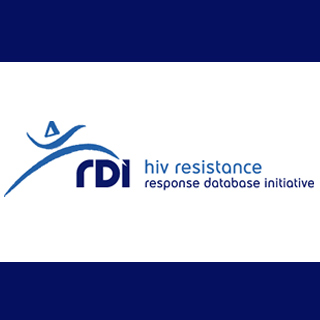
HIV-TRePS has apparently been fed with data of innumerable patients treated in hospitals worldwide. All the physicians have to do is enter their patient’s data in the system over the Internet. HIV-TRePS in turn may anticipate the patient’s response to various alternative combinations of HIV drugs. In a few seconds the physician is seemingly provided with a report listing the drug combinations that models predict are most favorable to work. Various investigations triggered by the scientists claim that HIV-TRePS can boost patient outcomes and decrease the overall number of drugs, further making treatment more affordable.
Dr. Julio Montaner, Past President of the International AIDS Society and Director of the BC Centre for Excellence in HIV and AIDS, based in Vancouver, Canada, added, “This is a very exciting development – the system literally puts the experience of treating thousands of different patients at the doctor’s fingertips. This has the potential to improve outcomes for people living with HIV and AIDS around the world, particularly where resources and expertise are scarce.â€
With almost 25 HIV drugs available, selecting the most accurate one may be challenging for physicians. It appears extremely difficult to keep the virus suppressed. Moreover, mutations occurring in the crucial genetic code possibly results in resistance to the drugs used against it. For overcoming this resistant strain, the need for selecting a new combination of drugs apparently rises. HIV-TRePS contains computational models known as ‘Random Forests.’ These models possibly predict on a range of more than 80 different variables including mutations in the viral genetic code, drugs used to treat the patient in the past, CD4 cell counts and amount of virus in the bloodstream. It was noted that CD4 cell is a type of white blood cell that is attacked by HIV.
On the basis of previously studied real clinical cases, models possibly gauge the probability of each drugs combination. During this process Random Forests may decline the amount of virus to below the limit of detection in the blood, i.e., 50 copies HIV RNA/ml. Researchers claim that overall accuracy during development and testing of the system is around 80 percent. HIV-TRePS appears to be user friendly and a more precise predictor of response as compared to genotyping with rules-based interpretation.
